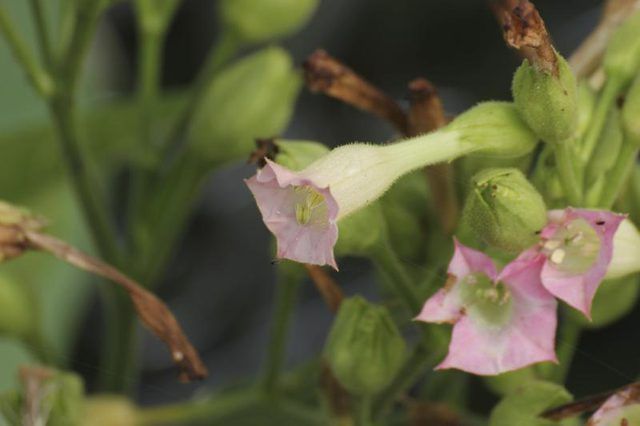Bulbs
Flower Basics
Flower Beds & Specialty Gardens
Flower Garden
Garden Furniture
Garden Gnomes
Garden Seeds
Garden Sheds
Garden Statues
Garden Tools & Supplies
Gardening Basics
Green & Organic
Groundcovers & Vines
Growing Annuals
Growing Basil
Growing Beans
Growing Berries
Growing Blueberries
Growing Cactus
Growing Corn
Growing Cotton
Growing Edibles
Growing Flowers
Growing Garlic
Growing Grapes
Growing Grass
Growing Herbs
Growing Jasmine
Growing Mint
Growing Mushrooms
Orchids
Growing Peanuts
Growing Perennials
Growing Plants
Growing Rosemary
Growing Roses
Growing Strawberries
Growing Sunflowers
Growing Thyme
Growing Tomatoes
Growing Tulips
Growing Vegetables
Herb Basics
Herb Garden
Indoor Growing
Landscaping Basics
Landscaping Patios
Landscaping Plants
Landscaping Shrubs
Landscaping Trees
Landscaping Walks & Pathways
Lawn Basics
Lawn Maintenance
Lawn Mowers
Lawn Ornaments
Lawn Planting
Lawn Tools
Outdoor Growing
Overall Landscape Planning
Pests, Weeds & Problems
Plant Basics
Rock Garden
Rose Garden
Shrubs
Soil
Specialty Gardens
Trees
Vegetable Garden
Yard Maintenance
How to Grow Nicotiana
How to Grow Nicotiana. Despite their bad reputation, some tobaccos (Nicotiana spp.) make good garden plants. The aptly named "flowering tobaccos" produce scads of tubular blooms, often with star- or bell-shaped corollas, in shades of white, pink, red, yellow, green and purple. Many also waft a jasmine-like perfume during the evening...

Despite their bad reputation, some tobaccos (Nicotiana spp.) make good garden plants. The aptly named "flowering tobaccos" produce scads of tubular blooms, often with star- or bell-shaped corollas, in shades of white, pink, red, yellow, green and purple. Many also waft a jasmine-like perfume during the evening hours. Easily grown as annuals, some may be perennial in U.S. Department of Agriculture plant hardiness zones ranging from 7 through 11. Although often enjoyed where jasmines (Jasminum spp., USDA zones varying from 6 through 12) wouldn’t survive, nicotianas can be poisonous to both people and pets.
Nicotiana Niceties
Flowering tobaccos range in size from 10- to 12-inch cultivars, such as Nicotiana alata "Avalon Pink" (USDA zones 7 through 11), to giants such as the yellow-flowered tree tobacco (Nicotiana glauca, USDA zones 8 through 11) which can reach 10 feet. Native to South America, they generally have sizable, soft and somewhat sticky green leaves, but those of glauca are more succulent and blue-tinged. Heirloom types such as the original white-flowered Nicotiana alata (USDA zones 7 through 11) and Nicotiana sylvestris (USDA zones 8 through 11) are the most fragrant and often open only at night or during overcast weather. Although many modern cultivars will bloom throughout the day as well, they tend to be less scent-sational.
Nicotiana Needs
Nicotiana plants grow and flower most vigorously in rich, damp soil in full sun but can get by in partial shade with as little as two hours of sunlight per day. They usually are spaced, depending on their size, from 6 to 30 inches apart. Their soil should be kept lightly moist at all times, but even plants which are well-watered often will wilt during the heat of the day. This is natural, and they should revive during the evening. Scatter an organic flower fertilizer, such as 4-8-4, around the nicotianas shortly after they are set out in early summer, using 1 cup for every 10 square feet of area. Continue to apply the same amount every two months for as long as the plants are in bloom.
Nicotiana No-Nos
Although ornamental tobaccos aren’t often bothered by tobacco mosaic virus, it is possible for them to catch it or spread it. To avoid exposing your nicotianas to the disease, always wash your hands after handling cigarettes or other tobaccos before you attempt to work in your garden. For the same reason, don’t position nicotianas near other members of the solanum family – such as tomatoes, peppers and eggplants -- or where those plants have grown. Discard any plants which look stunted or deformed or have yellow markings on their leaves, as there is no cure for the virus. Also, never attempt to smoke or otherwise imbibe the leaves from ornamental tobaccos. They can be deadly, since they often contain more nicotine than the plants raised for the production of cigarettes.
Nicotiana Nuisances
Flowering tobaccos may occasionally be attacked by slugs, which look like shell-less snails and chew holes in the leaves during the night, or by aphids which resemble green lice and congregate on the tips of the plants. To dispose of slugs, strew the iron phosphate pellets which are marketed as slug bait around the plants at the rate of 1/2 teaspoon for each square yard of ground. You will need to reapply them every two weeks or after heavy rains. You can "clean" aphids off of the plants with a strong stream of water from your hose or a spray bottle.